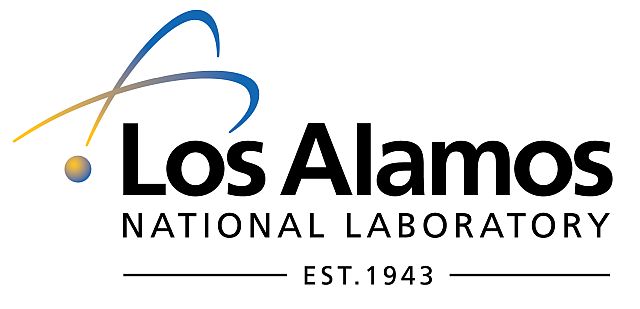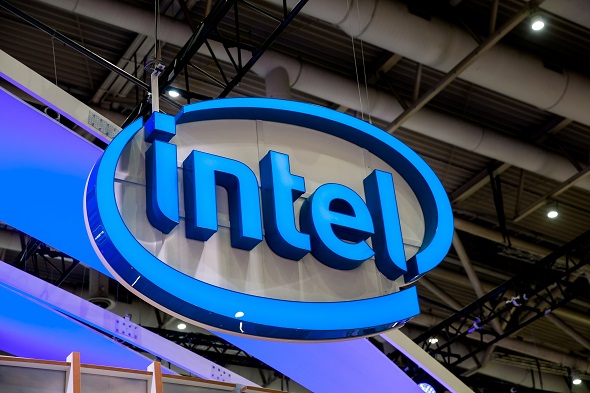
Intel Loihi 2 neuromorphic chip
Intel today released an update on its neuromorphic computing strategy, introducing Loihi 2, its second-generation neuromorphic research chip, and Lava, an open-source software framework for developing “neuro-inspired” applications.
Intel said Loihi 2 incorporates learnings from three years of use with the first-generation Loihi chip and leverages progress in Intel’s process technology and asynchronous design methods. The new chip allows the architecture to support new classes of neuro-inspired algorithms and applications, while providing up to 10 times faster processing1, up to 15 times greater resource density2 with up to 1 million neurons per chip, and improved energy efficiency, Intel said.
Neuromorphic computing holds the promise of drawing insights from neuroscience to create chips that function more like the biological brain. It’s hoped that it will deliver orders of magnitude improvements in energy efficiency, speed of computation and efficiency of learning across a range of edge applications: from vision, voice and gesture recognition to search retrieval, robotics, and constrained optimization problems.
“Investigators at Los Alamos National Laboratory have been using the Loihi neuromorphic platform to investigate the trade-offs between quantum and neuromorphic computing, as well as implementing learning processes on-chip,” said Dr. Gerd J. Kunde, staff scientist, Los Alamos National Laboratory. “This research has shown some exciting equivalences between spiking neural networks and quantum annealing approaches for solving hard optimization problems. We have also demonstrated that the backpropagation algorithm, a foundational building block for training neural networks and previously believed not to be implementable on neuromorphic architectures, can be realized efficiently on Loihi. Our team is excited to continue this research with the second generation Loihi 2 chip.”
 Applications Intel said the company and its partners have demonstrated include robotic arms, neuromorphic skins and olfactory sensing.
Applications Intel said the company and its partners have demonstrated include robotic arms, neuromorphic skins and olfactory sensing.
Loihi 2 has been fabricated with a pre-production version of the Intel 4 process, Intel’s name for its 7nm process, which uses extreme ultraviolet (EUV) lithography designed to simplify the layout design rules compared to past process technologies. Intel has said the new process will result in faster chip develop and will deliver a 20 percent improvement in per-watt performance.
“Our second-generation chip greatly improves the speed, programmability, and capacity of neuromorphic processing, broadening its usages in power and latency constrained intelligent computing applications,” said Mike Davies, director of Intel’s Neuromorphic Computing Lab. . We are open sourcing Lava to address the need for software convergence, benchmarking, and cross-platform collaboration in the field, and to accelerate our progress toward commercial viability.”
Intel said its Lava software framework delivers a common software framework for the neuromorphic research community. “As an open, modular, and extensible framework, Lava will allow researchers and application developers to build on each other’s progress and converge on a common set of tools, methods, and libraries,” the company said.
 Lava runs on heterogeneous architectures across conventional and neuromorphic processors, enabling cross-platform execution and interoperability with a variety of artificial intelligence, neuromorphic and robotics frameworks, according to Intel. “Developers can begin building neuromorphic applications without access to specialized neuromorphic hardware and can contribute to the Lava code base, including porting it to run on other platforms,” the company said in its announcement.
Lava runs on heterogeneous architectures across conventional and neuromorphic processors, enabling cross-platform execution and interoperability with a variety of artificial intelligence, neuromorphic and robotics frameworks, according to Intel. “Developers can begin building neuromorphic applications without access to specialized neuromorphic hardware and can contribute to the Lava code base, including porting it to run on other platforms,” the company said in its announcement.
Intel said its Neuromorphic Research Community (INRC) has grown to nearly 150 members. New additions this year include Ford, Georgia Institute of Technology, Southwest Research Institute (SwRI) and Teledyne-FLIR.
1Based on Lava simulations in September, 2021 of a nine-layer variant of the PilotNet DNN inference workload implemented as a sigma-delta neural network on Loihi 2 compared to the same network implemented with SNN rate-coding on Loihi. The Lava performance model for both chips is based on silicon characterization using the Nx SDK release 1.0.0 with an Intel Xeon E5-2699 v3 CPU @ 2.30 GHz, 32GB RAM, as the host running Ubuntu version 20.04.2. Loihi results use Nahuku-32 system ncl-ghrd-04. Loihi 2 results use Oheo Gulch system ncl-og-04. Results may vary.
2Based on the Loihi 2 core size of 0.21 mm2 supporting up to 8192 neurons compared to the Loihi core size of 0.41 mm2 supporting up to 1024 neurons.
source: Intel




